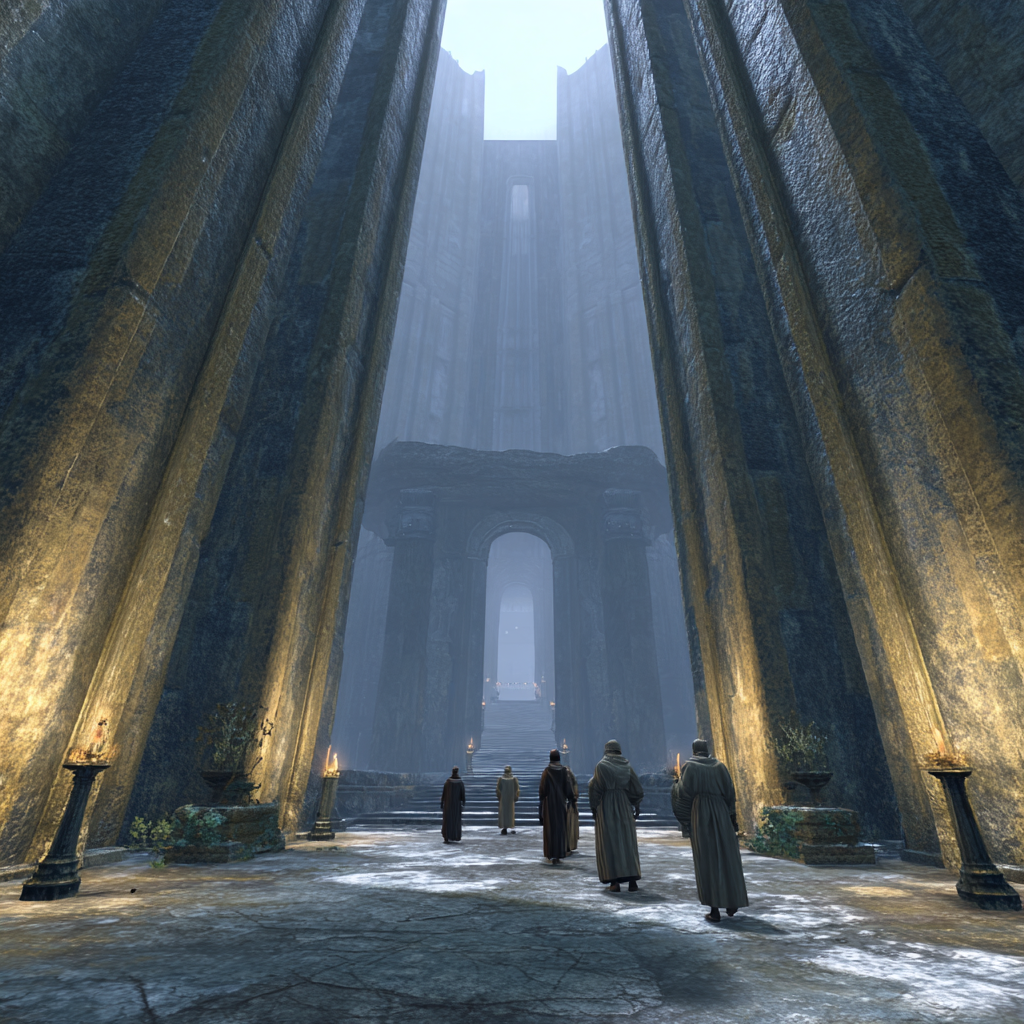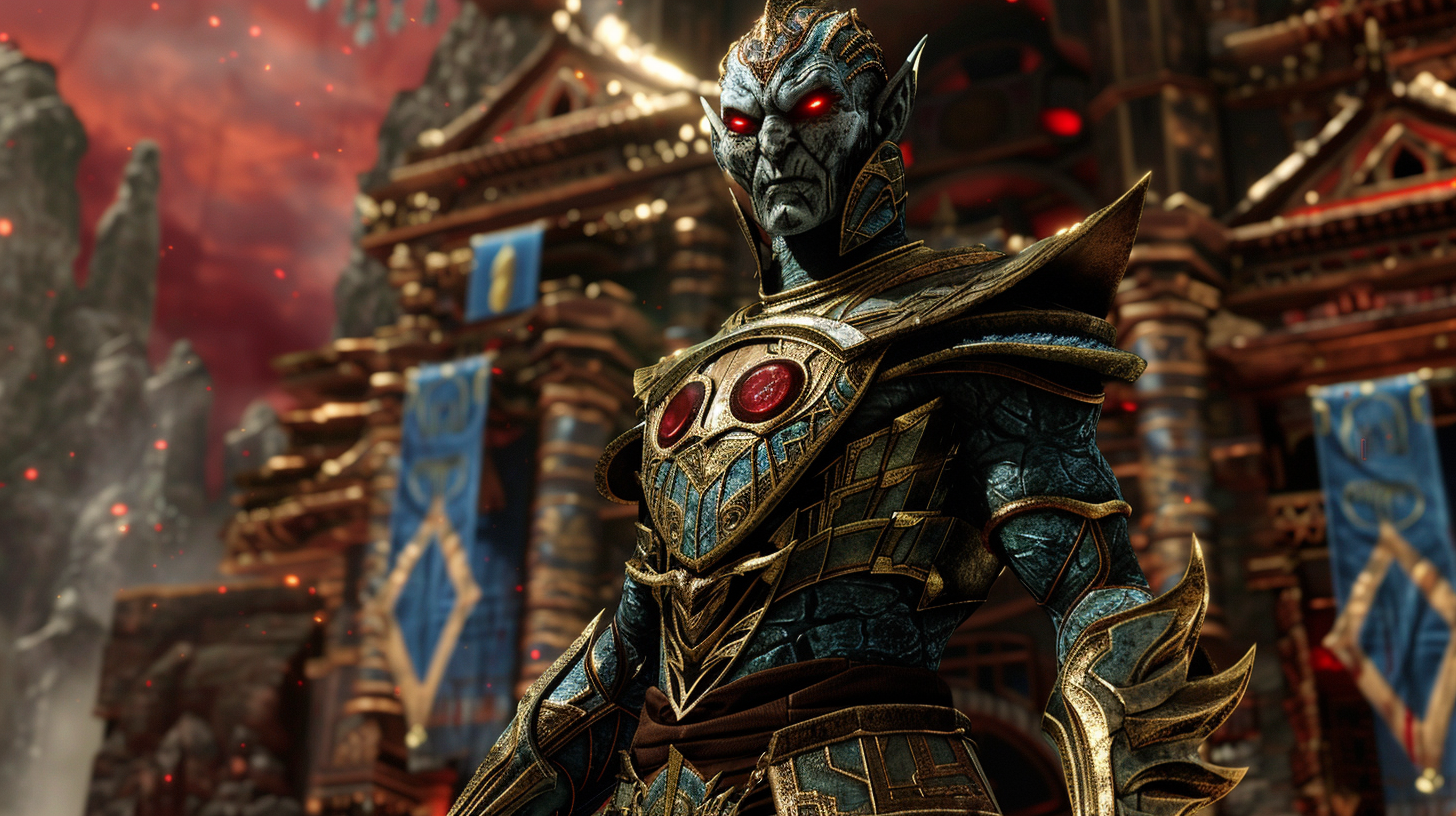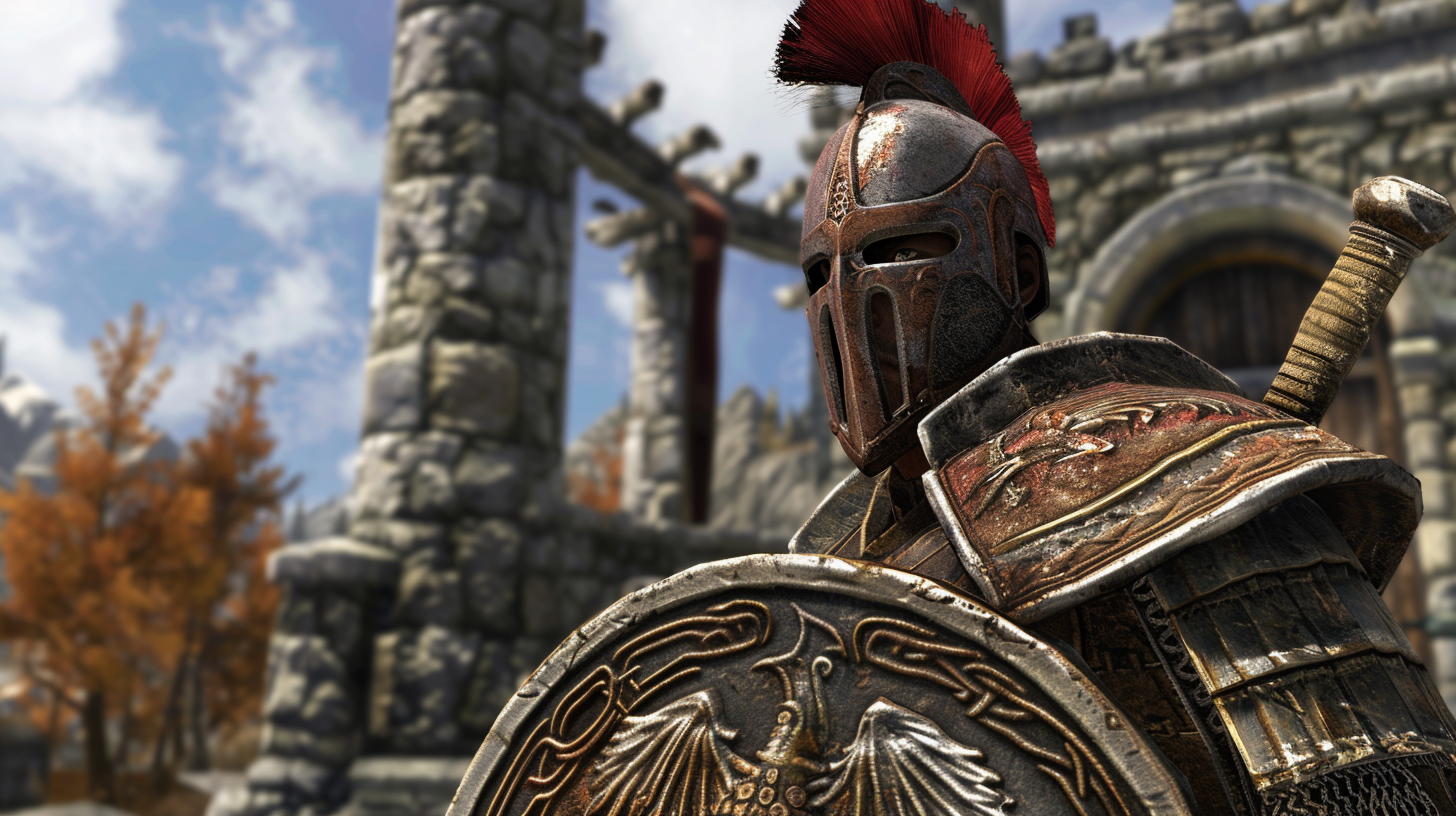Morrowind and Oblivion are not just beloved titles within The Elder Scrolls series; they are foundational pillars that profoundly shaped the landscape of modern RPG gaming and continue to influence the design of online games and video games decades after their release. Their unique approaches to virtual experience, interactive gaming, and open-world design left an indelible mark, establishing benchmarks that subsequent titles would strive to emulate or innovate upon. Their legacy is a testament to their enduring entertainment value and the immersive quality of their play.
Morrowind, despite its challenging mechanics, championed player freedom and uncompromising world-building. Its rejection of traditional quest markers and its reliance on player initiative to navigate its alien landscape of Vvardenfell were revolutionary. This emphasis on genuine discovery, where the rewards for exploration were earned through genuine effort and a willingness to take a risk on the unknown, fostered a deeper sense of immersion than many games before it. Its complex systems, including a combat system with elements of luck and a deep magic creation system, while daunting, allowed for unparalleled character customization and unique skill-based challenges. This design philosophy, prioritizing player agency and emergent gameplay, directly inspired later open-world titles to offer greater freedom and less hand-holding, proving that a high-stakes entertainment approach to design could yield passionate player bases. The thrill of the game in Morrowind was often about navigating its complexities and coming out on top.
Oblivion, on the other hand, served as a crucial bridge. It took the sprawling open-world concept of Morrowind and made it significantly more accessible, introducing features that would become industry standards. The radiant AI system, allowing NPCs to have daily routines and even casual conversations, was groundbreaking for creating a more believable and interactive gaming world. Its streamlined combat system, more intuitive quest markers, and fully voiced characters significantly lowered the barrier to entry, allowing a wider audience to experience the vastness of Tamriel. This shift in progressive play design demonstrated that an open-world RPG could be both expansive and welcoming. While some purists debated the “dumbing down” of certain mechanics, Oblivion’s commercial success and critical acclaim proved that its blend of freedom and accessibility resonated with millions, defining the blueprint for many subsequent open-world RPGs, including its own successor, Skyrim. The constant stream of rewards and clear progression paths made it incredibly satisfying to play. The enduring modding communities for both games are a powerful testament to their flexible engines and the deep engagement they fostered, continuously extending the virtual experience and providing endless entertainment for communities like Aussie gaming fans. Together, Morrowind and Oblivion represent a pivotal era in RPG development, showcasing the evolution of player expectations and the potential for video games to create truly unforgettable digital worlds.



